Work from the end of the 18th century
At the end of the 18th century and during the 19th century, sculptors sought to reconnect with ancient art.
Neoclassicism thus saw the reappearance of the production of sculptures with simple, clear shapes, a balanced appearance and reflecting an aesthetic of classical beauty. In this sense, some of the sculptures from this period are inspired by Greco-Roman works of antiquity.
Here, in Carrara marble, a young woman presents herself to us.
Although we can tell from the shape of her chest and the bun in her hair that she is a woman, her face appears somewhat androgynous. His slightly feminine and also slightly masculine features could raise questions for us. This is due to ancient canons of beauty which could represent young and brave men, with fine and delicate features such as those of a woman. Through these physical characteristics, their idealized beauty (proportion, symmetry, perfection) was timeless, so it could be quite difficult to recognize with certainty the genre of the sculpture based only on the head.
However, here, this woman whose face is perfectly symmetrical, looks delicately to her left. Its features are similar to those of the Venuses and Aphrodites represented in the Ancient era. Her hair, styled in a bun, frames her face like symmetrical waves. A sort of Palla falls delicately from her shoulders revealing her neck. It is held on her left shoulder by a fibula, thus representing the clothing of Rome and Ancient Greece.
Her breasts, delicately sculpted, also seem to us to be a perfect representation, rounded and smooth, enhancing her elegance.
It rests on a Carrara marble pedestal base.
At the top of the head, a circular hole perhaps refers to the presence of a headdress or a particular use of this bust.
Work from the end of the 18th century



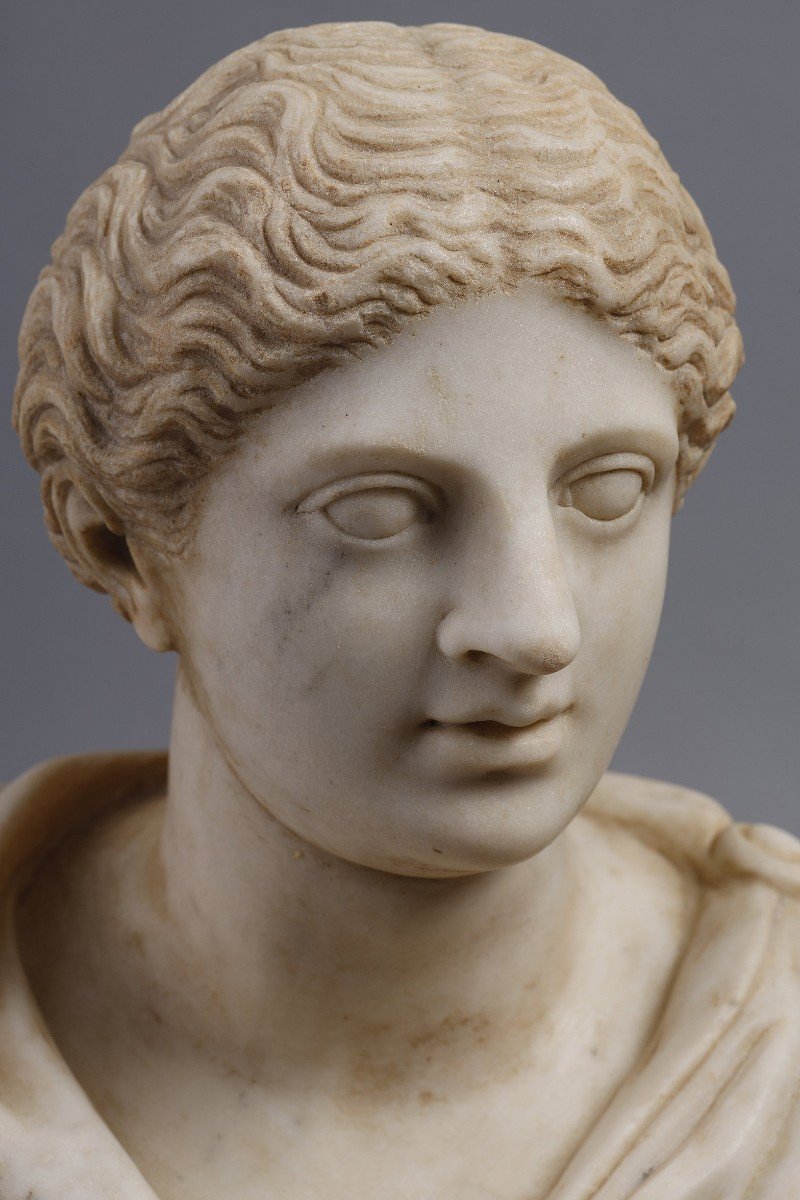

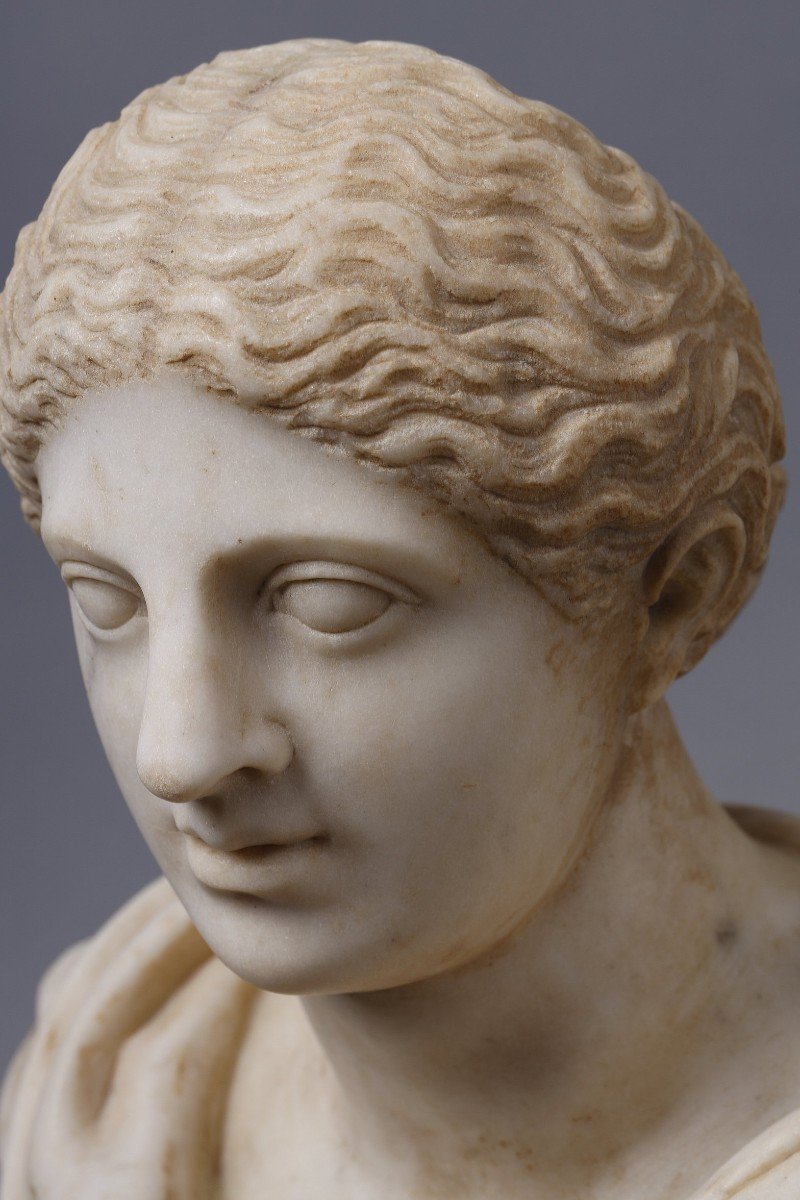





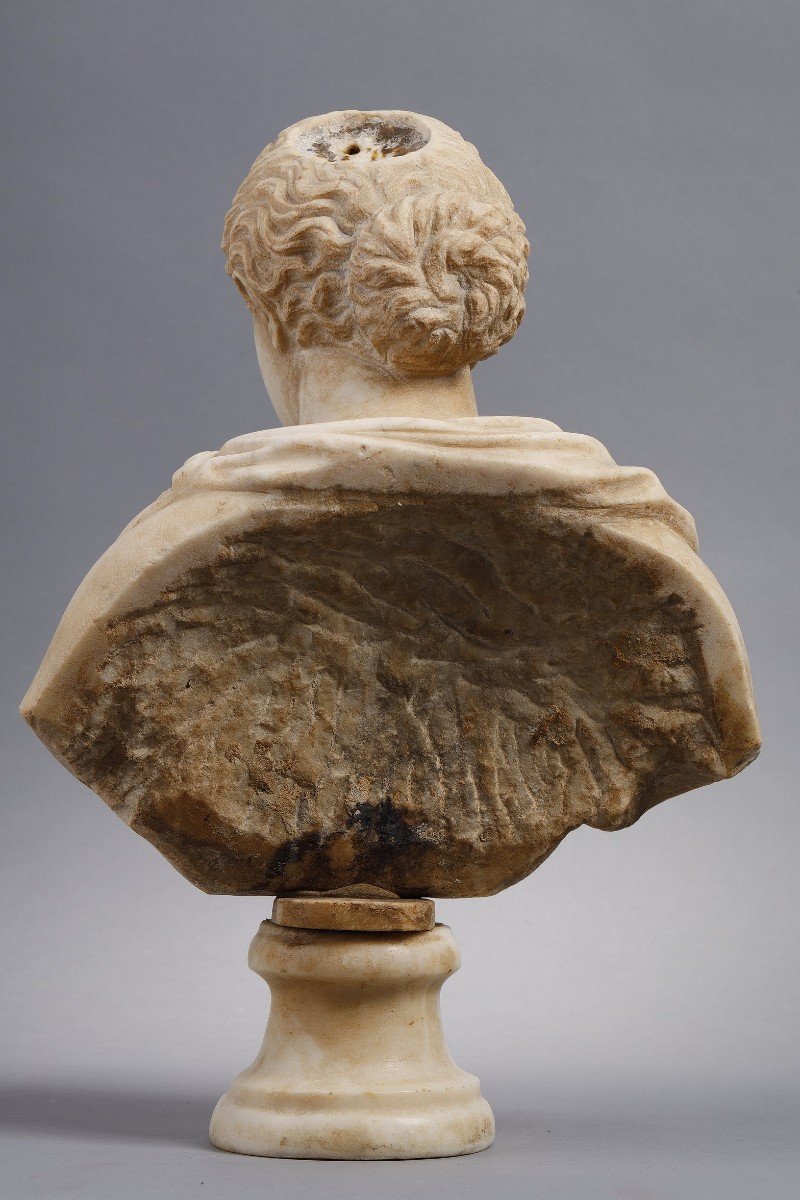
















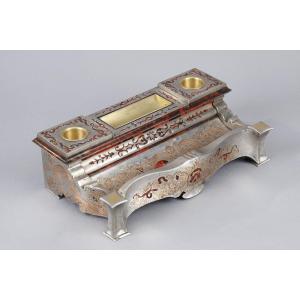


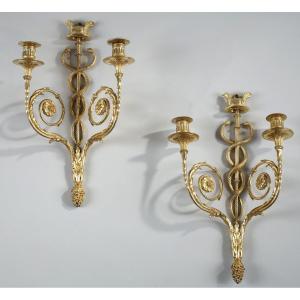
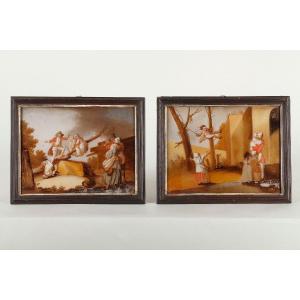
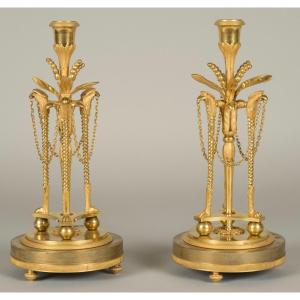

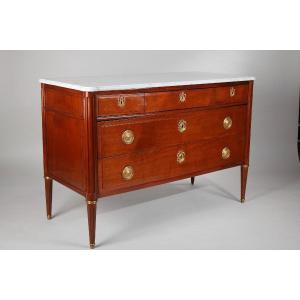
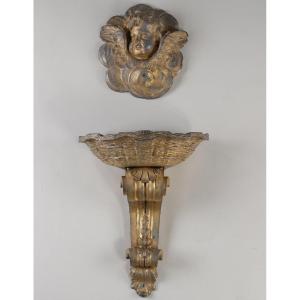
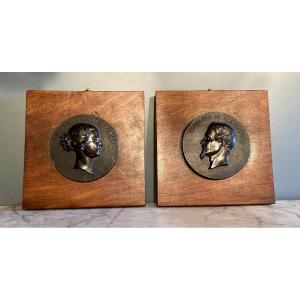

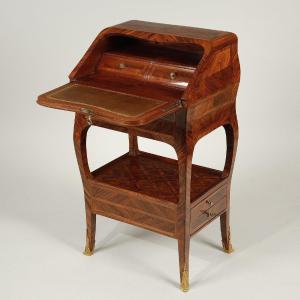



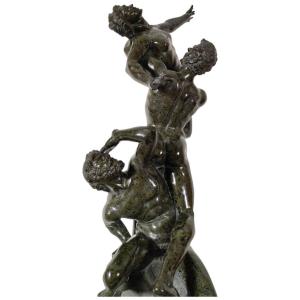






 Le Magazine de PROANTIC
Le Magazine de PROANTIC TRÉSORS Magazine
TRÉSORS Magazine Rivista Artiquariato
Rivista Artiquariato